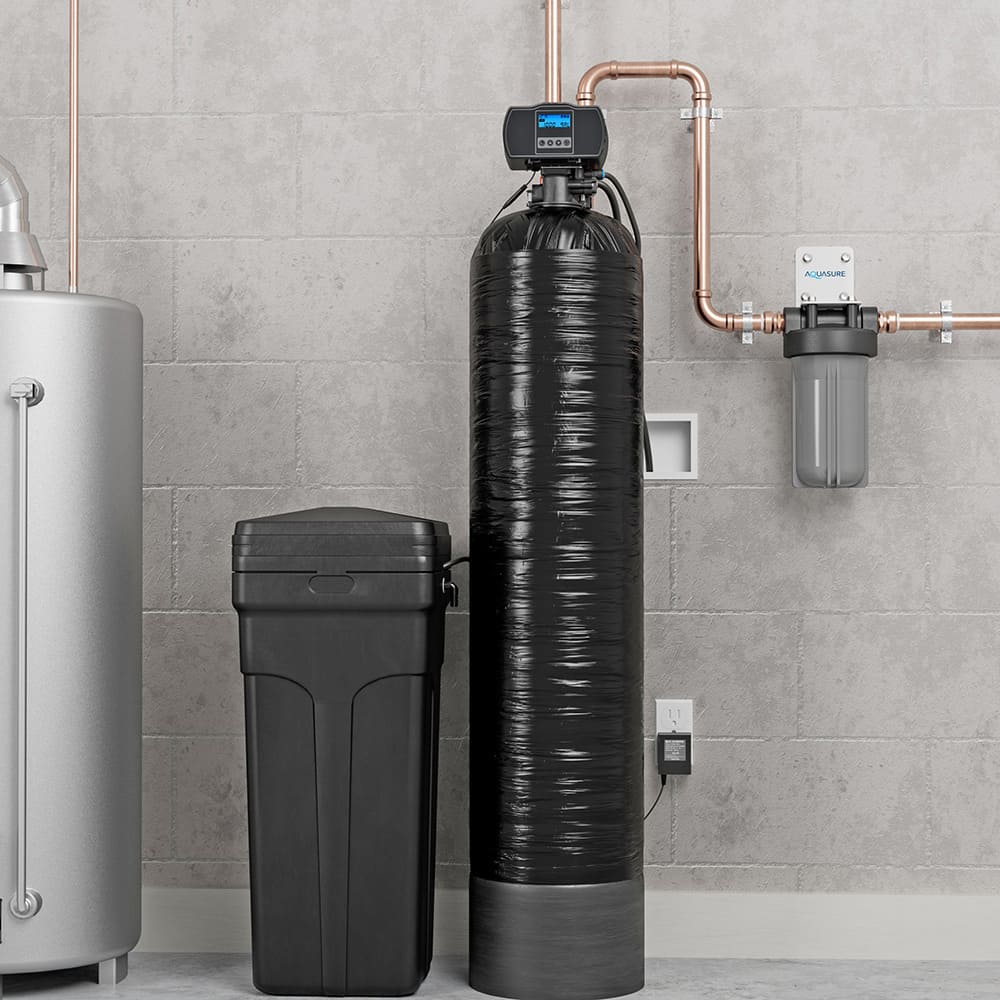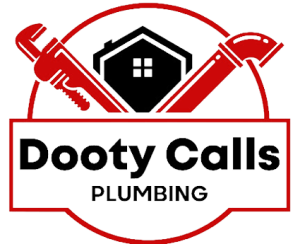
Expert Backflow/RPZ Testing Solutions
From Installation to Maintenance, We’ve Got You Covered
The terms “hard” and “soft” water refer to the mineral content in your water, primarily calcium and magnesium. Water is naturally softened when it passes through or over deposits of calcium and magnesium. The key advantages of home water softening are:
Preventing Scale Build-Up: Water softeners help prevent the accumulation of minerals, such as calcium and magnesium, inside pipes, fixtures, and hot water heaters. This is crucial in maintaining the efficiency and lifespan of these components.
Appliance Longevity: By reducing the deposition of minerals, water softeners contribute to the extended life of appliances like dishwashers, washing machines, and water heaters. Appliances are less likely to experience issues related to scale build-up, improving overall performance and efficiency.
Minimizing Mineral Spots: Softened water reduces or eliminates mineral spots on glassware, dishes, and other surfaces. This can result in cleaner, spot-free items after washing, reducing the need for additional cleaning agents.
Reducing Soap Films and Detergent Curds: Soft water more effectively interacts with soaps and detergents, leading to reduced soap films and detergent curds in sinks, bathtubs, and washing machines. This not only helps in maintaining cleanliness but also reduces the amount of cleaning agents required.
Overall, water softening systems provide practical benefits for both the functionality of household appliances and the general maintenance of the home environment.

Installation
1. Assess: Determine softener size based on water hardness. 2. Place: Choose an ideal location for installation. 3. Connect: Install plumbing connections securely. 4. Program: Set regeneration and hardness levels. 5. Load Salt: Add salt to the brine tank. 6. Activate: Run the first regeneration cycle. 7. Check: Ensure tight connections and check for leaks. 8. Adjust: Fine-tune settings for optimal softening. Efficient water softener installation for immediate benefits.

Servicing & Maintenance
1. Assessment: Evaluate system performance. 2. Resin Check: Inspect resin tank for efficiency. 3. Salt Level Check: Ensure proper salt levels in the brine tank. 4. Settings Adjustment: Fine-tune regeneration and hardness settings. 5. Cleaning: Remove any accumulated sediment or debris. 6. System Check: Test for leaks and overall functionality. 7. Recommendations: Provide insights for optimal performance. 8. Efficient Maintenance: Keep your water softener running smoothly. Our service ensures your water softener operates at its best.
Water Softener Project Highlights
What Our Clients Have to Say










